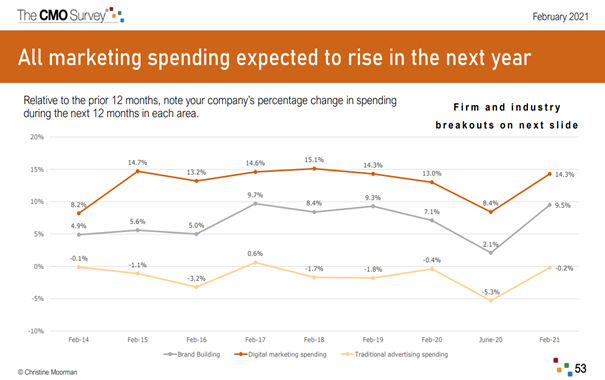Businesses today compete for audience attention in two worlds a physical world and a virtual world. This shift has given rise to the importance of investing in Digital Marketing. However, getting started can be an intimidating task especially for small businesses with limited resources. This blog covers common pitfalls roofing companies face when starting a marketing campaign.
1. Lack of Plan
Promoting on digital channels such as social media and email marketing can be very beneficial in driving leads if executed correctly. Developing a marketing plan will help to ensure the company business goals are communicated aligning your teams and objectives. In an article HubSpot has created a guide laying out the 5 Steps to Create an Outstanding Marketing Plan. Invest time in creating a marketing plan that addresses all components relevant to your business such as sales, content marketing, and customer support.
2. Creating the Right Content
To actively engage your audience, you need to create timely and relevant content. Outlining a content strategy begins with ”taking your business goals, and then using content as a primary means to achieve those goals” (Forsey, 2021). When developing your strategy consider the following who will be reading your content, what problems you aim to solve, and what makes your company unique. Roofers can create all types of content such as blog posts, eBooks, case studies, infographics, videos, and social media posts. Begin by documenting all company information, past and active projects, processes, and maintenance tips to develop trends and topics to present to your audience.
3. Time
Developing digital strategies and generating results takes time. Roofing contractor schedules are often booked traveling between projects. To generate success in digital tactics, one will need to actively set a portion of their daily schedule to research and develop strategies. Spend some time developing your business and expanding your digital marketing education. There are many free accessible resources such as the HubSpot Blog and LinkedIn learning that cover a range of digital marketing topics.
4. Broad Audience
Attempting to reach too broad an audience can impact the effectiveness of your messaging and branding to be received. Defining and marketing to a target audience is a critical step for success. HubSpot (2020) defines a target audience “as a group of consumers characterized by behavior and specific demographics” (Carmicheal, 2020). A Residential Roofing Company target audience example could be described as homeowners, ages between 35 and 55, employed, and family oriented. Completing this exercise will help you learn about your customer and shape your communication strategy.
5. Understanding Tools and Technology
Deciding on which tools, technology, and platforms to use can be a daunting task as there are many options available. Key factors to consider when researching marketing tools are functionality, ease of integration, user experience, and price. As you research ask yourself which features are important in easing workload? Can the tool integrate to an already existing system or platform? Is the system user friendly for you or others in your company to manage? Does the pricing structure meet my budgetary requirements? Researching with these factors in mind can help narrow down your search and focus your decision making.
6. Securing an Effective Budget
For many small businesses securing a marketing budget can be difficult. However, by not investing in marketing company growth can be impacted. According to The CMO Survey (2021), “72% of marketers report that the role of marketing has increased in importance during this pandemic year” (Moorman, 2021). In fact, marketers report an 11.5% increase in digital marketing spending in the last year, pointing to a major shift in how marketers are spending their budgets (Moorman, 2021).

Allocating budget to your digital strategies is essential in this digital era. Once you know your budget comprise a list of all the strategies you want to invest in and begin developing successful tactics to take your investment further.
Preparation is key to facing the challenge detailed in this article. As you monitor your strategy you can quickly modify your plan ensuring successful digital marketing strategy. Build more profitable digital marketing strategies by avoiding these pitfalls.
References:
Carmicheal, K. (2020, October 8). How to find your target audience. HubSpot Blog. Retrieved September 13, 2021.
Forsey, C. (2021, August 25). How to develop a content strategy: A start-to-finish guide. HubSpot Blog. Retrieved September 13, 2021.
Moorman, C. (2021, February 1). The CMO Survey – Highlights and Insights Report – February 2021. Retrieved September 13, 2021.
Riserbato, R. (2021, September 10). 5 steps to create an outstanding marketing plan [free Templates]. HubSpot Blog. Retrieved September 14, 2021.




No comment yet, add your voice below!